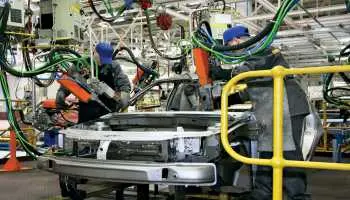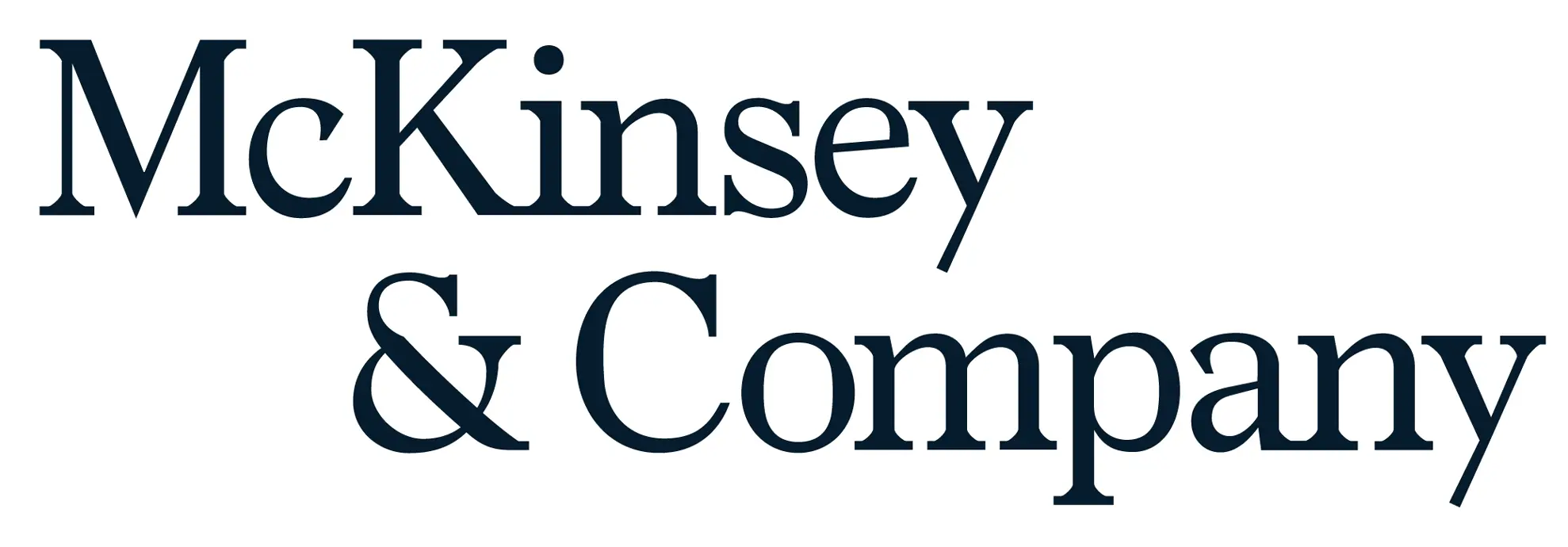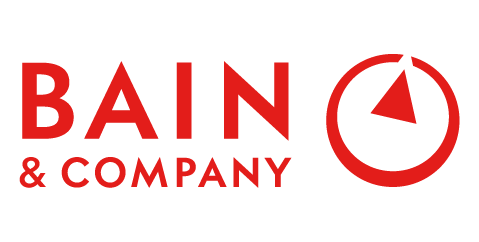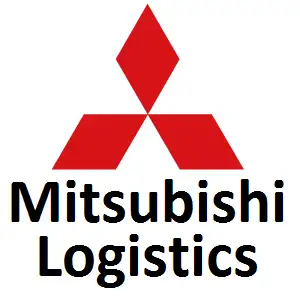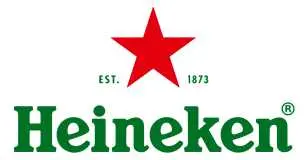
Servo Motors and Drives Market Share, Trends, Revenue, Growth Drivers, Scope, Challenges and Future Investment Opportunities Till 2034: SPER Market Research
Category :
Semiconductor and Electronics
Published: Jan-2025
Author: SPER Analysis Team
Servo Motors and Drives Market Share, Trends, Revenue, Growth Drivers, Scope, Challenges and Future Investment Opportunities Till 2034: SPER Market Research
Global Servo Motors and Drives Market is projected to be worth 27.55 billion by 2034 and is anticipated to surge at a CAGR of 6.1%.
Servo motors are extremely precise and efficient rotary actuators that control angular position, velocity, and acceleration. They are widely used in a variety of applications, including manufacturing machinery and robots, because of their ability to provide precise and responsive movement control. On the other hand, servo drives are electrical amplifiers that power and control servo motors. They receive input signals, usually in the form of voltage or current, and convert them into the exact motions carried out by the servo motor. As a result, servo motors and drives are widely used in the automotive, packaging, robotics, semiconductor, electronics, and rubber and plastic industries worldwide.
Market Drivers: Small and medium-sized enterprises (SMEs) play a significant role in the commercial sector. Small and medium-sized enterprises (SMEs) account for over 90% of global business. Several small and medium-sized manufacturing enterprises have focused on qualities such as quality, speed, and flexibility of industrial machines. Small and medium-sized enterprises (SMEs) can use servo systems as motion control systems to increase the efficiency of industrial facilities. Servo systems are used to manage automated manufacturing processes in industries such as automotive, packaging, and textiles, increasing productivity and cost-efficiency. This trend will remove the biggest cost barrier for SMEs. These developments are projected to propel the servo motors and drives industry.
Request For Free Sample Report @ https://www.sperresearch.com/report-store/servo-motors-and-drives-market.aspx?sample=1
Challenges: As production facilities become more automated, new technologies are being integrated. This has made it more difficult for enterprises to find competent workers to operate machinery and respond to changes in facility technologies. Plex Systems, a Rockwell Automation Company, released a research based on a global survey of 321 manufacturers on the "State of Smart Manufacturing" to examine the manufacturers' existing difficulties and potential for implementing smart manufacturing at their facilities. According to the poll, one of the problems impeding industry growth is a skilled personnel scarcity. Organizations must provide continual learning opportunities for their employees to adapt to changing forms of operation. This has become a serious challenge.
Market Trends: The industrial sector is one of the main consumer segments for industrial servo motors and drives, owing to its ability to provide accurate motion control in a variety of manufacturing environments. This trend is especially prominent in emerging economies, where governments are accelerating industrial development through more automation and innovative manufacturing technologies. For example, China's ambitious objectives, such as producing up to 35 million automobiles by 2025, along with tax breaks and the 'Made in China 2025' push, are fueling rapid expansion of manufacturing facilities. The Smart Advanced Manufacturing and Rapid Transformation Hub (SAMARTH) Udyog Bharat 4.0 initiative in India is an example of how emerging economies are adopting Industry 4.0 concepts.
Global Servo Motors and Drives Market Key Players:
ABB Ltd., Bosch Rexroth AG, Delta Electronics, Inc., Emerson Electric Co., Fanuc Corporation, Mitsubishi Electric Corporation, Nidec Corporation, Rockwell Automation Inc., Schneider Electric SE, Siemens AG and Others.
For More Information about this Report @ https://www.sperresearch.com/report-store/servo-motors-and-drives-market.aspx
Global Servo Motors and Drives Market Segmentation:
By Product Type: Based on the Product, Global Servo Motors and Drives Market is segmented as Servo Motors and Servo Drives.
By Voltage Range: Based on the Voltage Range, Global Servo Motors and Drives Market is segmented as; Low Voltage and Medium and High Voltage.
By System: Based on the System, Global Servo Motors and Drives Market is segmented as; Linear System and Rotary System.
By Communication Protocol: Based on the Communication Protocol, Global Servo Motors and Drives Market is segmented as; Fieldbus, Industrial Ethernet and Wireless.
By End Use: Based on the End Use, Global Servo Motors and Drives Market is segmented as; Machine Tools, Packaging, Robotics, Semiconductors, Electronics, Rubber and Plastics and Others.
By Region: This research also includes data for North America, Asia-Pacific, Latin America, Middle East & Africa and Europe.
This study also encompasses various drivers and restraining factors of this market for the forecast period. Various growth opportunities are also discussed in the report.
Would you like to view the sample pages?
Get Sample PagesExplore Related Reports
Domains Served
Our Global Clients
Our data-driven insights have influenced the strategy of 200+ reputed companies across the globe.













